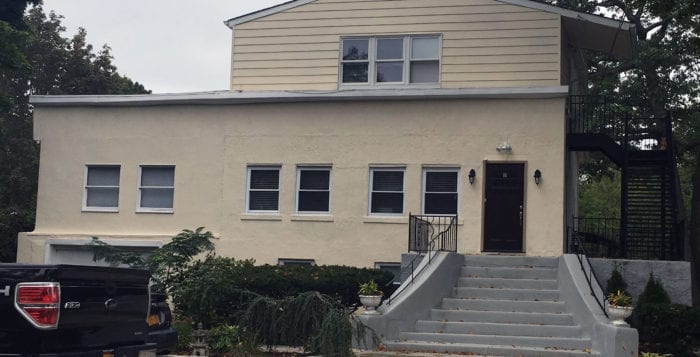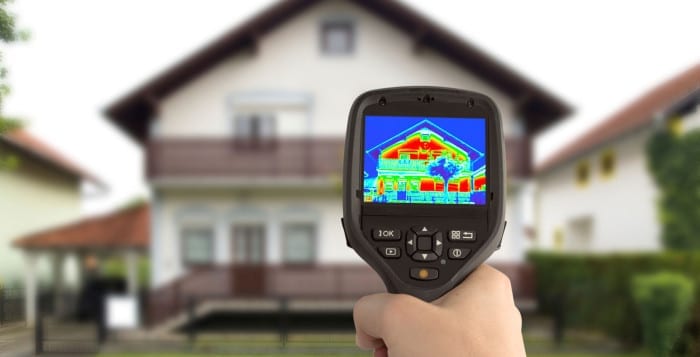Two former East Northport landowners are suing Huntington Town, Councilman Eugene Cook (R) and his two business partners for $5 million over alleged loss of property rights.
A federal lawsuit filed Sept. 11 in U.S District Court for the Eastern District of New York claims that town officials have intentionally overlooked zoning code violations at a multi-family home on Larkfield Road — but only after it was purchased by TGJ 2014 LLC in 2014. The company is owned by Cook and two business partners, Huntington real estate agent Timothy Cavanagh and Commack attorney Joshua Price.
The former homeowners, Mary Ann Dellinger, of Huntington, and her brother, Carmen Tomeo, allege the town officials’ efforts to unfairly enforce zoning codes on the five-family dwelling caused them to lose money in the sale, according to their attorney Christopher Cassar. The house was purchased for $400,000 by TGJ 2014.
“This house was their primary asset,” Cassar said.
The plaintiffs claim the Larkfield Road home’s use as a multi-family dwelling predates the creation of Huntington Town code in 1934, according to court documents. Cassar said the family has a March 11, 2007 letter from the town which grandfathered the property’s right to be legally occupied as a five-family residence.
The lawsuit alleges town code enforcement officers began to issues summonses in 2012 against the property owners demanding it be returned to a single-family home, despite earlier promises.
“Town of Huntington has permitted and tolerated a pattern and practice of unjustified, unreasonable and illegal use of the enforcement of town code against the plaintiffs,” the lawsuit reads.
Cassar said the town’s actions caused Dellinger and Tomeo to have difficulty selling the house, as two prior deals fell through. One potential buyer would have paid $900,000 for the property, according to Cassar, half a million more than Cook and his partners paid.
The former homeowners also claim the $5 million sought is for damages including loss of income from the property, loss of property value, embarrassment, harrassment, loss of liberty and infringement of their property rights, according to court records.
In 2015, town officials hired attorney Edward Guardaro Jr., of the firm Kaufman, Borgeest & Ryan LLP, to look into the East Northport house, to determine whether it was a legal rental and if the work being performed was legal.
Cassar said the town has issued a summons on the property, since Cook and his company took ownership, over issues with an exterior staircase and debris. However, the attorney said the town did not ever issue a code violation against it for being a multi-family dwelling.
Huntington has not been served with the lawsuit as of Sept. 20, according to town spokesman A.J. Carter, and he declined to comment further on the matter. Cook also declined to comment on the lawsuit after the Sept. 19 board meeting, as did Cavanagh. Price returned calls but did not comment on the matter.






